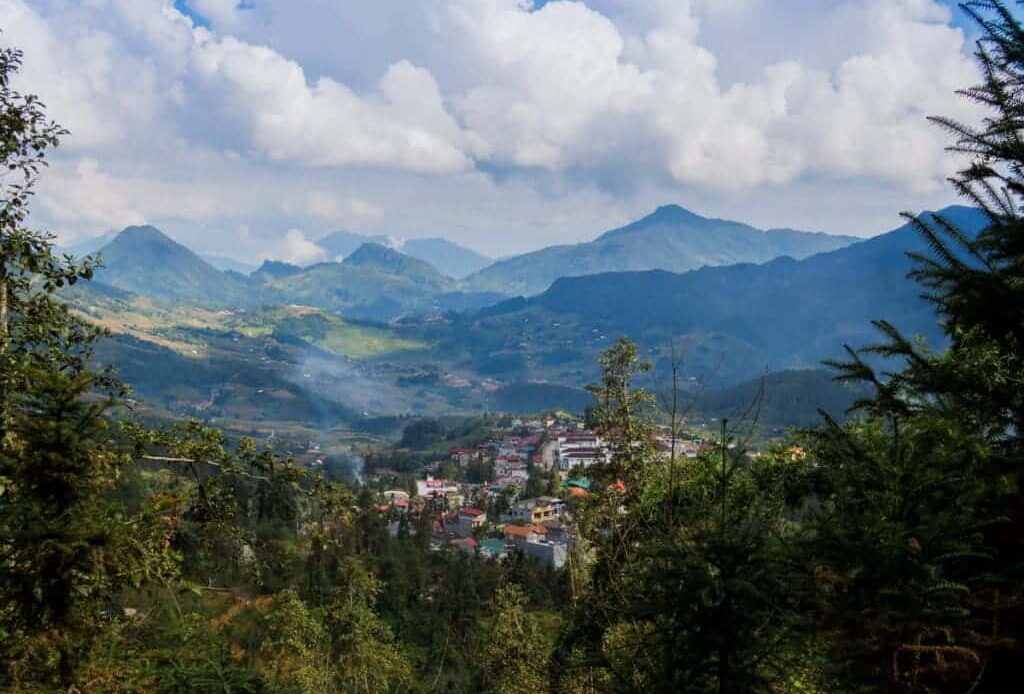When I first came to Northern Vietnam a few years ago, I rode my bicycle across the border from China (with my husband, Stephen). We had heard great things about trekking in Sapa, which was only a short way to the west, but it was a damp, cold February.
The air was filled with mist so thick that we may as well have been cycling through cold soup.
“Next time…” we said, not wanting to climb mountains in those conditions.
This year, I’m spending a couple of months housesitting in Hanoi while Stephen travels to teach yoga. “Next time” is officially here and I knew I couldn’t miss trekking in Sapa again.
Don’t miss our new guide to Travel to Vietnam.
Sapa’s Rocky Past
Sapa is home to Vietnam’s highest peak, Fan Si Pan, which tickles the clouds 3143m above sea level, keeping watch over the terraced rice paddies that line Sapa’s steep valley walls.
Home to several ethnic minorities, chiefly the H’Mong, the Dao, and the Dai, Sapa has been attracting trekkers since the early 1900s.
The French first developed Sapa town, the gateway to the region, as a hill station and cool summer escape from Hanoi’s oppressive heat.
Their dominance in the area didn’t last long, though. During the 1940s, Vietnamese independence fighters drove the colonists from the region, but not before the French bombed Sapa town, leaving nothing but ruins behind them.
It wasn’t until the 1990s that redevelopment began in earnest and tourists started to flock back to the region. Now, trekking in Sapa is one of the biggest tourist activities in Vietnam.
Is Getting To Sapa Half the Fun?
Hundreds of signs advertising Sapa trekking tours embellish every available space in Hanoi’s Old Quarter.
Though I usually travel independently, I soon found that organizing a tour is the cheapest and most hassle-free option to go trekking to Sapa. So with a little reticence about this whole “organized tour” thing, I started visiting travel agents.
Don’t miss our tips and advice for trekking in Sapa below!
A couple of days later and $100 lighter, I await my ride to the train station.
A man on a motorbike pulls up precisely at 8:30pm to whisk me to the Hanoi train station, where we are met by a woman who hands me my ticket and points me to the right carriage on the correct platform.
I can’t say I miss the fuss and hassle of haggling with taxi drivers and trying to negotiate the confusion of a strange train station on my own.
On the train, I am…
Click Here to Read the Full Original Article at NOMADasaurus…
